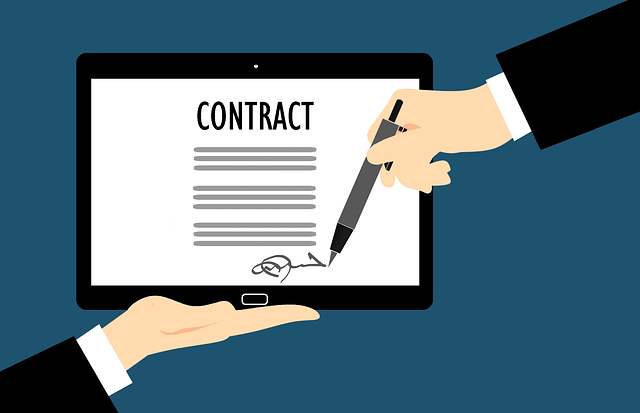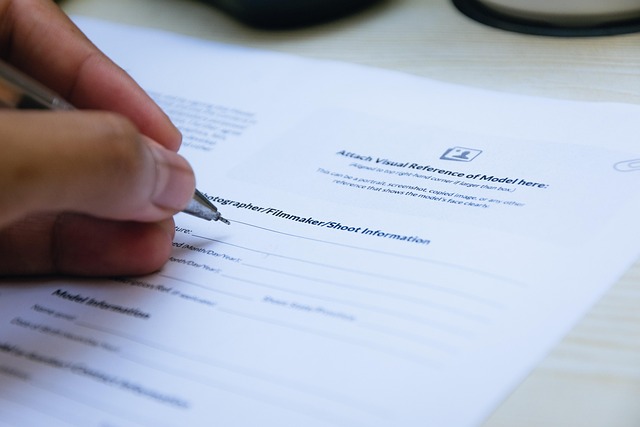Understanding student lease terms is essential for securing off-campus housing. A student lease guide equips students with knowledge about unique aspects of rental contracts, including flexible rent schedules, automatic renewals, late payment fees, subletting rules, and more. By breaking down crucial lease clauses students such as accommodation size, location, amenities, payment methods, and consequences of non-payment, this guide enables informed decision-making and effective budget management throughout the academic year.
Understanding your lease is crucial for a smooth academic year. As a student, navigating your rental agreement can seem daunting, but knowing key clauses will empower you. This student lease guide breaks down essential elements to look out for in your student rental agreements: from rent and payment terms to maintenance responsibilities, subleasing policies, and more. By familiarizing yourself with these lease terms explained, you’ll be better equipped to manage your housing situation throughout your studies.
- Rent and Payment Terms
- – When is rent due?
- – How is rent calculated?
- – What are the payment methods accepted?
Rent and Payment Terms

When it comes to renting as a student, understanding your lease terms explained is paramount. Student rental agreements often have unique aspects tailored to the academic lifestyle. For instance, flexible rent payment schedules are common, offering options like monthly payments or even semi-monthly ones to align with students’ income patterns and cash flow. Some leases may also include provisions for automatic renewals, ensuring continuous housing throughout studies.
In a student lease guide, you’ll find crucial clauses detailing rental contract terms. These might specify late payment fees, which can vary between properties, and the consequences of non-payment. Additionally, many contracts have specific rules about subletting, where students can rent out their space temporarily during breaks or if they need to leave early. Knowing these lease clauses beforehand empowers students to make informed decisions and avoid potential pitfalls when securing off-campus housing.
– When is rent due?

When negotiating a student rental agreement, understanding the lease terms is crucial. One of the key clauses to focus on is the rent due date. Typically, rent is due at the beginning of each month for the upcoming month’s accommodation. For instance, if you are renting a property to live in during the academic year, you’ll usually have to pay the monthly rent by the first day or fifth day of every month, depending on the agreement and local practices. Missed or late payments can lead to penalties or even eviction, so it’s essential to be mindful of these lease clauses.
A student lease guide should clearly outline these rental contract terms, ensuring tenants know their obligations regarding rent payment. This is part of a broader process of understanding leases, which includes comprehending other significant clauses such as notice periods for moving out, maintenance responsibilities, and subletting rules. By familiarizing themselves with these lease clauses, students can protect their rights and ensure a smooth living experience during their studies.
– How is rent calculated?

Rent for student accommodations is typically calculated based on several factors outlined in the lease terms explained. The most common methods include paying a flat rate per month or a percentage of your income. Student rental agreements often have specific clauses detailing these financial obligations, ensuring transparency and fairness.
In a student lease guide, you’ll find that various rental contract terms can influence rent costs. These may include the size and type of accommodation, location, amenities offered, and whether the rent includes utilities or is an additional cost. Understanding these lease clauses students is crucial to managing your budget effectively and avoiding unexpected financial burdens during your studies.
– What are the payment methods accepted?

When it comes to student rentals, understanding the payment methods accepted is a crucial aspect of the lease process. Many landlords offer flexible options tailored to students’ needs, such as monthly payments, direct debits, or even online payment platforms. It’s essential for students to clarify these details upfront to ensure they can comfortably manage their rental expenses throughout the academic year.
In a student rental agreement, this clause typically outlines the accepted forms of payment and any associated deadlines. Some agreements may also specify late fees or consequences for missed payments. Navigating these lease terms explained is key to avoiding financial surprises and maintaining a smooth rental experience. For students, having a comprehensive student lease guide that covers all rental contract terms can significantly enhance their understanding of their rights and responsibilities.






